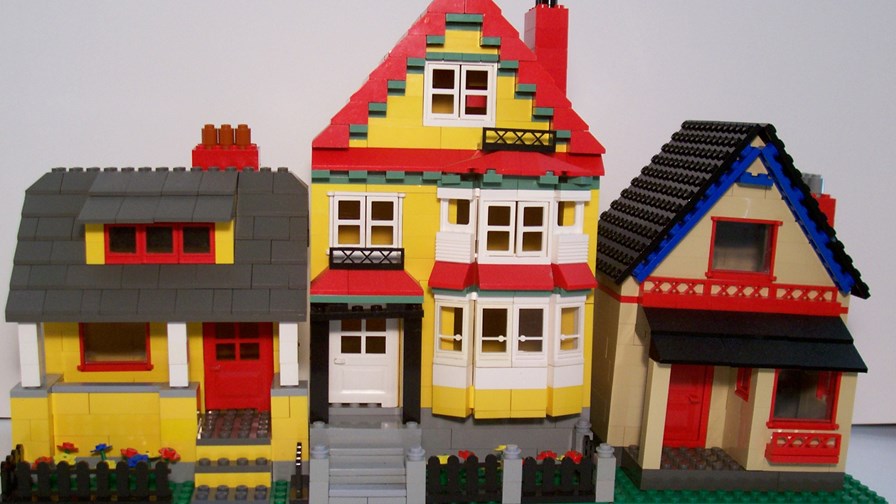
via Flickr © Bill Ward (CC BY 2.0)
- According to a survey of UK general public it may be radically re-worked to enable co-working
- Necessarily be better lit, better insulated and better ventilated and packed with smart tech
- The ingrained Brit habit of ‘knocking through’ to make bigger rooms may be at an end
We’ve spent the past Covid year covering the dawning realisation that Covid-19 and the subsequent lockdown(s) was inevitably going to lead to big changes for the world of work, and in turn create obvious opportunities for digital service providers (DSPs).
Today, London full fibre broadband provider, Hyperoptic, has produced a report which attempts to define the post pandemic home - what it might look like; how it will differ from pre-pandemic homes in terms of its design and range of functions.
Most obviously, now that many homeowners have grasped the importance of connectivity through a pandemic, not just for the obvious need to work remotely from the office, but also for entertainment, schoolwork, shopping, doctor consultations and a whole range of other things, the importance of raw speed and connection quality is undoubtedly more appreciated than before; as is the need to have some form of back-up if and when the main connection goes down or simply becomes congested.
This survey and report goes beyond our own narrow focus on the data supply to look at the home itself - where is it best situated and how will it ideally be designed and equipped?
It’s no surprise to learn that with this survey, of the those interviewed - 2,000 randomly selected Brits and 311 property experts - nearly half (49 per cent) of the general public portion said that they want to continue working from home full-time and only one in ten (10 per cent) of respondents said they want to go back to working full-time in an office (the others favoured some level of hybrid working.
So Wi-Fi high quality was a must (this has already been noted by the big broadband providers, many of whom are featuring enhanced Wi-Fi in-home as well as speedier broadband in their product portfolios).
For their part the property development people have already set to work increasing their investment in co-working spaces and shared space within homes. They also have plans to make bedrooms more easily convertible into workspaces, with new features such as fold-out desks.
As behaviour changed through the lockdowns - many couples upgraded apartments to take in two bedrooms, one to be used as office space when the need arose - and their list of requirements grew and was refined.
The Hyperoptic white paper has a number of predictions as to the direction people want to take their homes in future and they all add up to a fairly dramatic ‘new normal’ in terms of home aspirations - property makeover programmes may never be the same again.
They claim:
Apartment sizes may shrink further to create more shared amenity space to support co-working, but also to further enhance on-site services: gyms, food offerings, and delivery reception
Since communal space won’t always be appropriate, developers may look to include spaces specifically for video calls with space for a laptop and an appropriate background
Noise becomes a bigger issue when people spend more time at home, so our panel suggested relocating washing machines out of the kitchen so you can work undisturbed at the kitchen table
Good quality lighting, both natural and artificial, also becomes a critical issue when people are spending more time at home through the day
Air quality is also an issue: future homes will likely have more attention paid to ventilation
Home working could have a large carbon footprint because of the poor quality of insulation in UK homes, so improving insulation on existing stock is likely to see renewed focus
Convenience is key, so developers will continue to invest in smart technologies that allow tenants to interact with both the building and management services
So it’s probably ‘out’ with the old Brit habit of ‘knocking through’ to make bigger rooms, and ‘in’ with innovative room dividers and sound-proofing’ to keep typing clatter and work conversations in one domain and the sight - and to the extent possible - sound of children gouging each other’s eyes out, in another.
Having mentally, and in some cases, physically, reworked the post pandemic house design, many home-owners must be more than half the way to the point of demanding a home working capability to go with it.
The white paper on the ‘the post-pandemic home’ is available here
Email Newsletters
Sign up to receive TelecomTV's top news and videos, plus exclusive subscriber-only content direct to your inbox.




